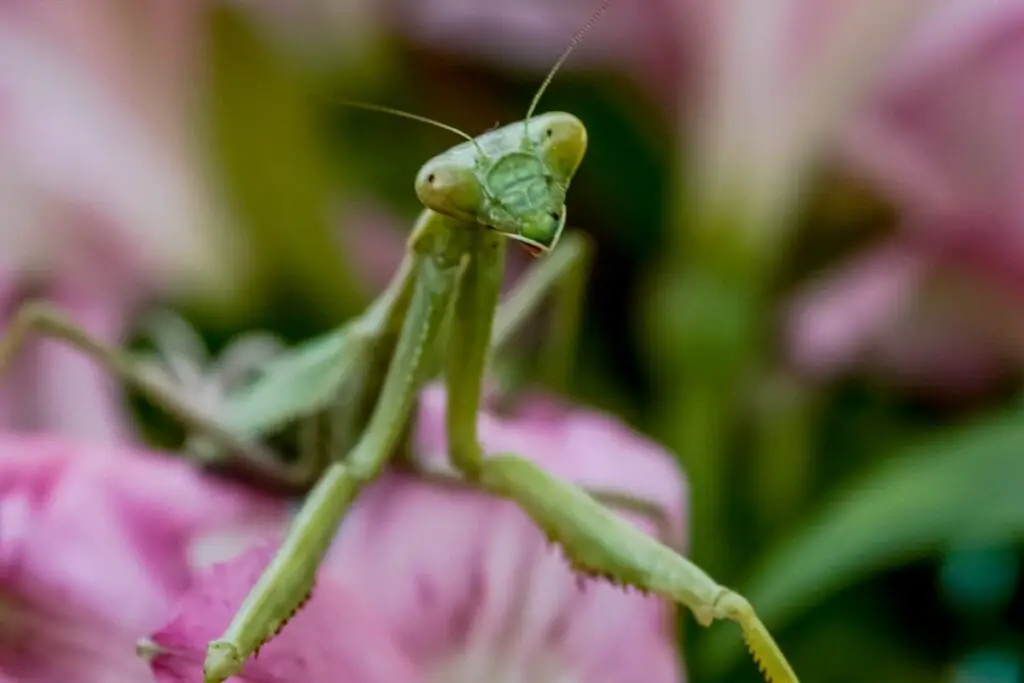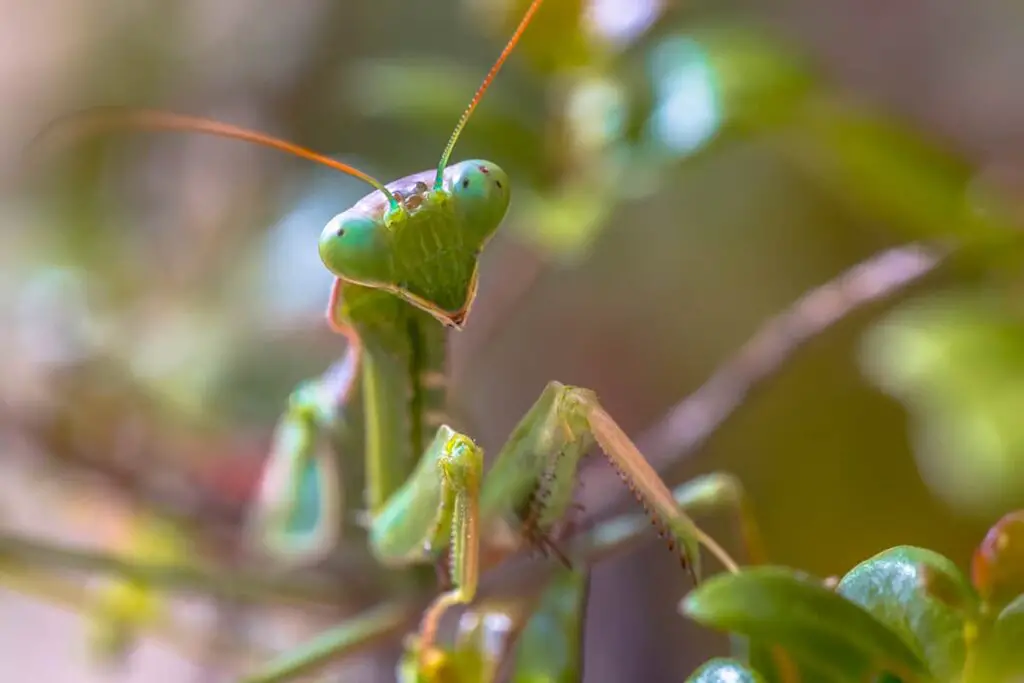When maintaining the health and safety of your praying mantises, understanding the basics of care is essential. Praying mantises require a habitat that mimics their natural environment to thrive. Elements like proper ventilation and humidity levels play crucial roles in preventing diseases often caused by mold and stagnant conditions. Proper care includes the setup of their living space, ensuring it includes a water dish filled with gravel or sand to provide a drinking spot without the risk of drowning.
Prevention and early treatment are key when it comes to mantis health. Recognizing the signs of illness or stress in your praying mantis can be the difference between a minor issue and a significant health problem. Learning about the common illnesses and how to treat them is as important as understanding the daily requirements of feeding and habitat maintenance.
Alongside caring for praying mantises, keeping yourself informed about human diseases is just as vital. Parasitic diseases, for example, affect millions globally and can range from mild to severe, sometimes requiring complex treatments. Staying educated about these health concerns and knowing the steps to prevent and treat them can safeguard your wellbeing.
Understanding Mantis Diseases
When you’re looking to keep your mantis healthy, knowing about the various diseases that can affect them and their common symptoms is essential.
Types of Mantis Diseases
- Fungal infections: These often manifest as a white fuzz on your mantis’s body and can be the result of high humidity.
- Bacterial infections: Mantis may suffer from bacterial illnesses, which can come from unclean living conditions or contaminated food sources. To learn more about bacterial infections that can affect your mantis and their causes, visit this discussion on Mantid Forum.
Common Symptoms
- Lethargy: A sick mantis may appear less active or show little interest in food.
- Physical deformities: Misshapen limbs or an inability to molt properly can be indicative of disease.
- Vomiting or fecal changes: Changes in these can signal internal issues, such as gastrointestinal distress.
Preventative Measures
To ensure your mantis remains healthy, focusing on its environment, diet, and routine checks is essential.
Environmental Factors
Your mantis requires a habitat that mimics its natural environment, which includes:
- Temperature: A steady temperature range appropriate for the species, typically between 75-85°F.
- Humidity: Maintain humidity levels around 60% to 70% but avoid over-misting, which can lead to fungal growth.
Proper Nutrition
A balanced diet for your mantis involves:
- Variety: Feed your mantis a diet of live insects, such as fruit flies and crickets, to provide adequate nutrition.
- Supplements: Occasionally dust the prey with a calcium supplement to prevent deficiencies.
Regular Monitoring
Stay vigilant with:
- Health Checks: Regularly examine your mantis for signs of disease, such as lethargy or discoloration.
- Hygiene: Clean the habitat regularly to prevent the buildup of waste and harmful bacteria.
Treatment Strategies
When your mantis encounters health issues, it’s crucial to consider both natural and professional treatments to ensure their recovery. Explore the most suitable options to address your mantis’s specific needs.
Natural Remedies
Your mantis may benefit from certain natural remedies that can help alleviate the symptoms of disease without the use of chemicals. For instance:
- Honey: A small dab of honey can act as a natural antiseptic for minor wounds.
- Chamomile tea: Cooling and applying chamomile tea bags to irritated areas may reduce inflammation.
Remember, it’s important to research each remedy before use to confirm its safety for your mantis.
Professional Care Options
In some cases, professional care is necessary:
- Vet-prescribed medication: If your mantis has a severe infection, a veterinarian specialized in invertebrates may recommend specific antibiotics or antifungal treatments.
- Hospitalization: For critical conditions, professional monitoring in a pet hospital might be required to provide the necessary care and environment for recovery.
It’s essential to consult with a specialist to ensure proper diagnosis and treatment.
Frequently Asked Questions
Ensuring the health and well-being of your praying mantis requires knowledge about their health indicators and preventive practices.
How can you tell if a praying mantis is ill?
Identifying illness in a praying mantis involves observing changes in behavior or appetite. A lethargic mantis or one that refuses food might be unwell.
What are common signs of injury in praying mantises?
Visible wounds, difficulty moving, or a limb that is held at an odd angle can indicate injury. A mantis that struggles to climb or maintain its balance may have sustained an injury.
How can you prevent common diseases in mantises?
You can prevent diseases by maintaining cleanliness in the habitat, providing a balanced diet, and avoiding overcrowding if you’re caring for multiple mantids.
What measures can be taken to protect praying mantises from predators?
Protecting your mantis from predators involves housing it in a secure enclosure and monitoring interaction with other pets that may pose a threat.
What are safe handling practices to avoid harming a praying mantis?
Handle your praying mantis gently, supporting its body without squeezing. Allow the mantis to climb onto your hand on its own to minimize stress.
How do you ensure a healthy environment for a mantis habitat?
A healthy mantis habitat includes proper temperature, humidity levels, and space to molt and hunt. Regularly clean the enclosure and provide fresh water.
Driven by a passion for those tiny creatures that rule our world, we at Bug Domain strive to be your go-to resource for information on insects.




